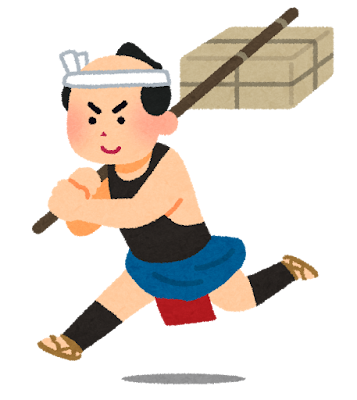Hello! It is the blog, How Unique Japan!
We always share Japanese features through this website. What comes today?
Today, many companies in the transportation industry are thriving, much like in the past.

Japan is no exception. In the past, a distinct system existed for transporting products, letters, and documents.
It is Hikyaku (by direct translation, Flying feet).
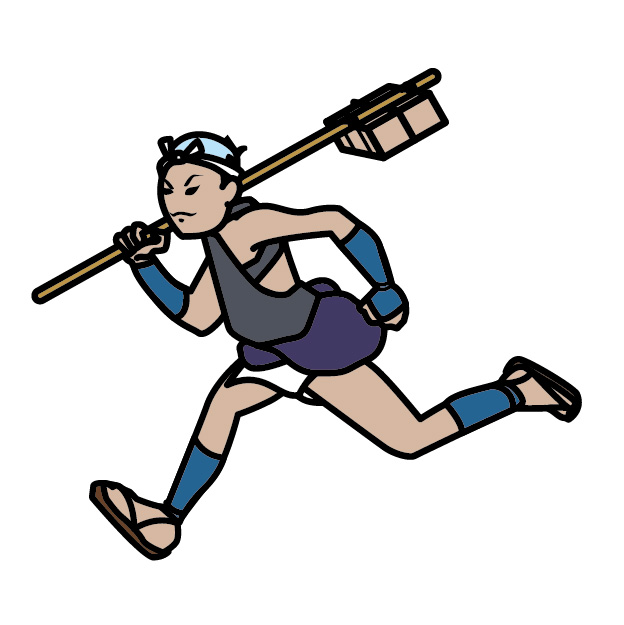
Today, let us delve into the unique transportation business of old times.
The history
Interestingly, the first businesses emerged during the Heian era, which lasted from 794 to 1185. Some theories also propose that business began during the Nara era from 714 – 794, indicating its ancient origins.
When the business started, it was for nobles. The workers delivered messages or notifications to one another with their horses.
It was a part of national projects.
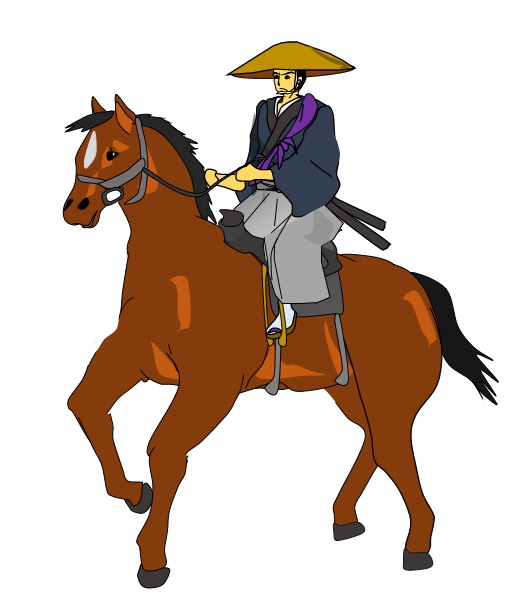
A change occurred around the Edo era (1603 – 1868). The time was an improvement called the Renaissance in Japan. (As our page about the Edo era says.)
Yes. Everyone at that time experienced an improvement in lifestyle. Lifelines, safety, and transportation roads have much improved.
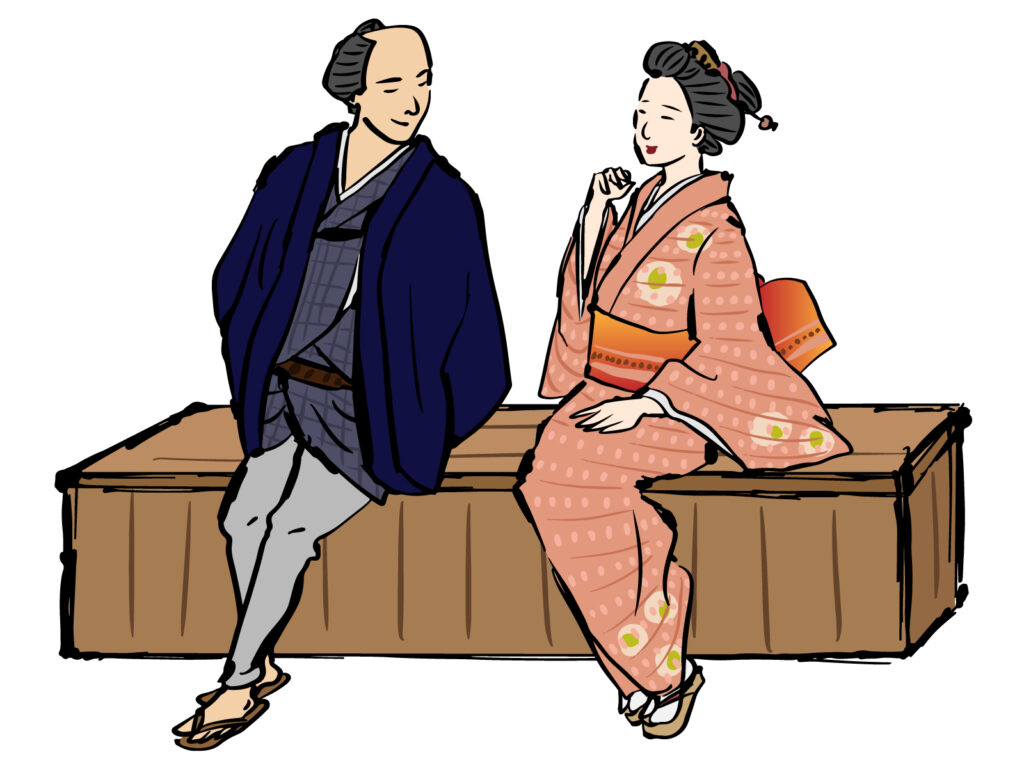
Eventually, the transportation industry became affordable enough for citizens, although it remained a costly venture due to the emergence of many private companies.
However, there was a significant difference between a national business and a private one.
The popularized companies did not use horses but FEET.

Indeed. Hikyaku used a physical potential instead of the animals.
Why did they not use horses as a co-existing business? It was due to the cost.
Please take a moment to consider it. If the worker used a horse, he would need to prepare an inn and food for the horse.
That was a headache.
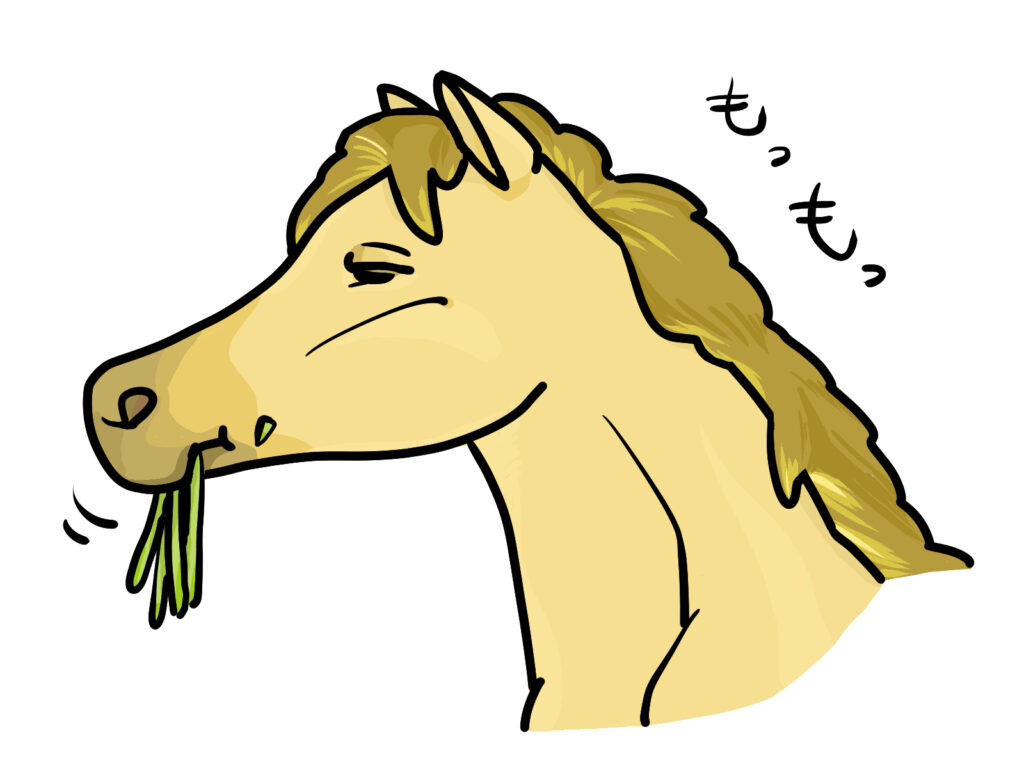
Yes. Using people is always a cheap and the most capable answer.
However, it should lead us to the next question.
How fast did they, Hikayku, run? How far could they go?
Let us refine the data for Hikyaku.
The potential of Hikyaku
Interestingly, the cost varied depending on Hikyaku’s potential. It’s simple: if he could run very fast and cover long distances, the cost of transportation would be higher.
On the other hand, the price would be lower if they were not good runners.
OK. We shall need details.
The distance between Edo City and Osaka City is a simple example because they were (and still are) big cities. There are approximately 500 km (310 miles).
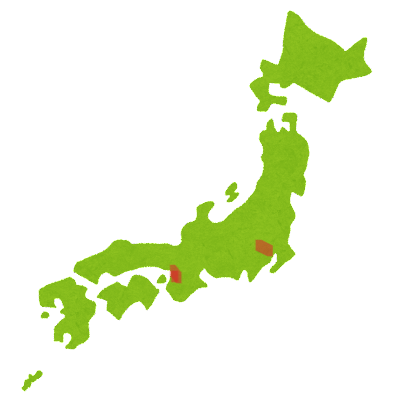
In detail, they worked as a team, giving the passes to other runners like a relay (baton) race.
The average service took about 5 or 6 days for the distance. In calculation, each runner did 40 or 50 km at almost 8 km/h a day.
Conversely, better service at a higher cost took only three days for a distance of 310 miles.
Incredible.
Wait.
It is weird. Please look at the speed again.
The speed was not surprising (7 – 8 km/h).
It is the usual pace for adults in the present day.

That means. Hikyaku used a special technique to utilize stamina, making the runner incomparable.
Indeed. Hikyaku had a secret to maintain speed on their journey.
We call it Nanba Bashiri (running).
The secret of Hikyaku, Nanba running.
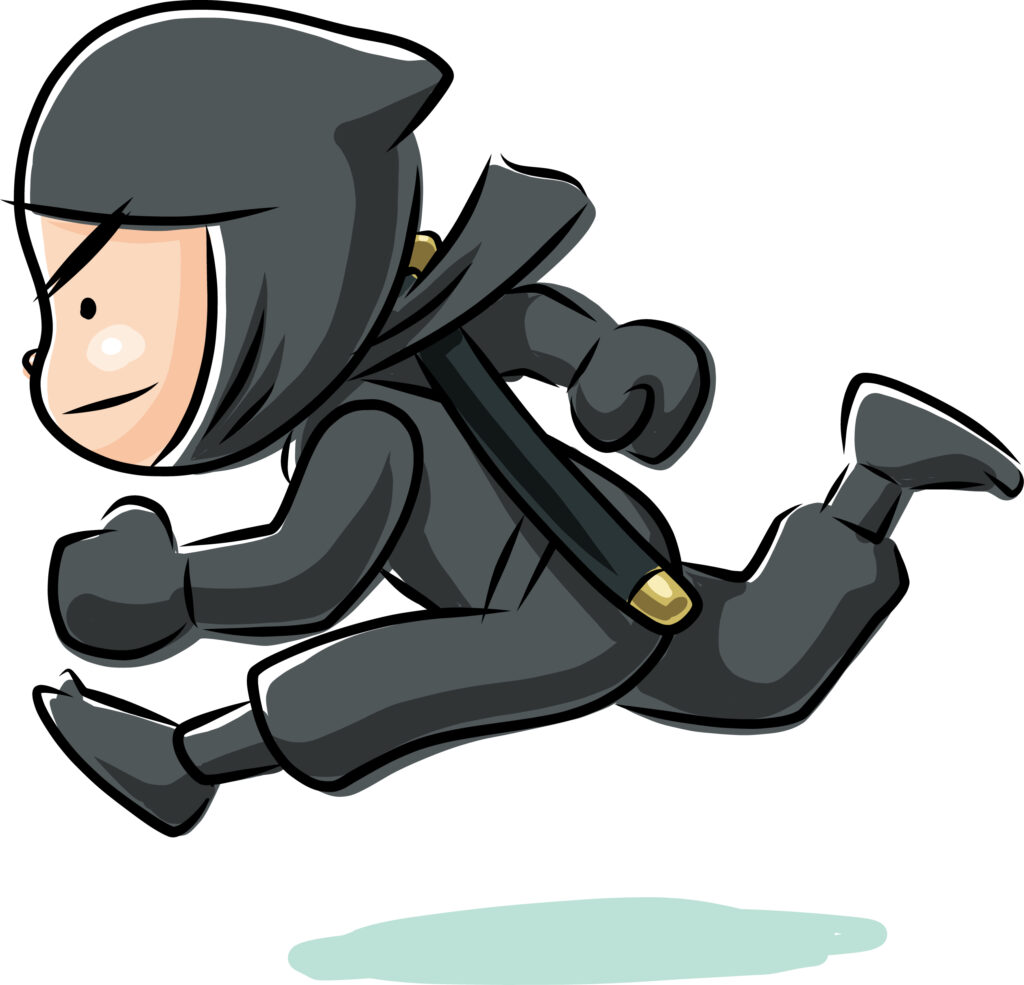
Nanba running is the way to utilize our stamina.
Surprisingly, Ninjas also used this technique. We know the birth age is the Edo era. (but not a creator)
It is a rather unique method of running. The secret is to swing the arm with a stepping foot. It sounds normal.
However, they used their arm and feet on the same side.
Hikyaku alternately moved their right arm and foot, then their left arm and foot, continuing to alternate movement between the right and left sides.
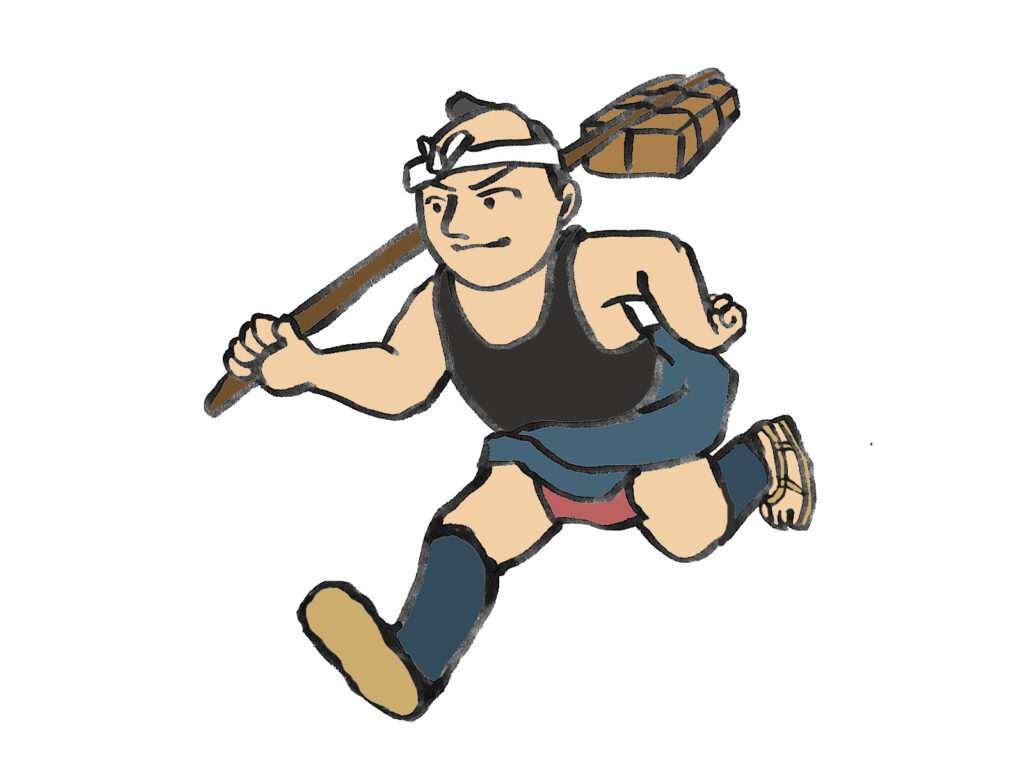
This technique allows them to run long distances. The runners (and ninjas) had straightened their form and trunk without shaking while they ran. It utilized their stamina.
Do you remember the Hikyaku in better service that ran 500 km (310 miles) in only 3 days?
In a historical document about Hikyaku, a runner completed a distance of 100 kilometers (62.1 miles) in a single day using this technique.
It is unbelievable.
To close
Surprisingly, some professional runners (marathon or short distance) still utilize the technique for their performance now.
Indeed. Japan is the hub of unique techniques and skills. It includes construction, food, martial arts, and Kimono (clothes).
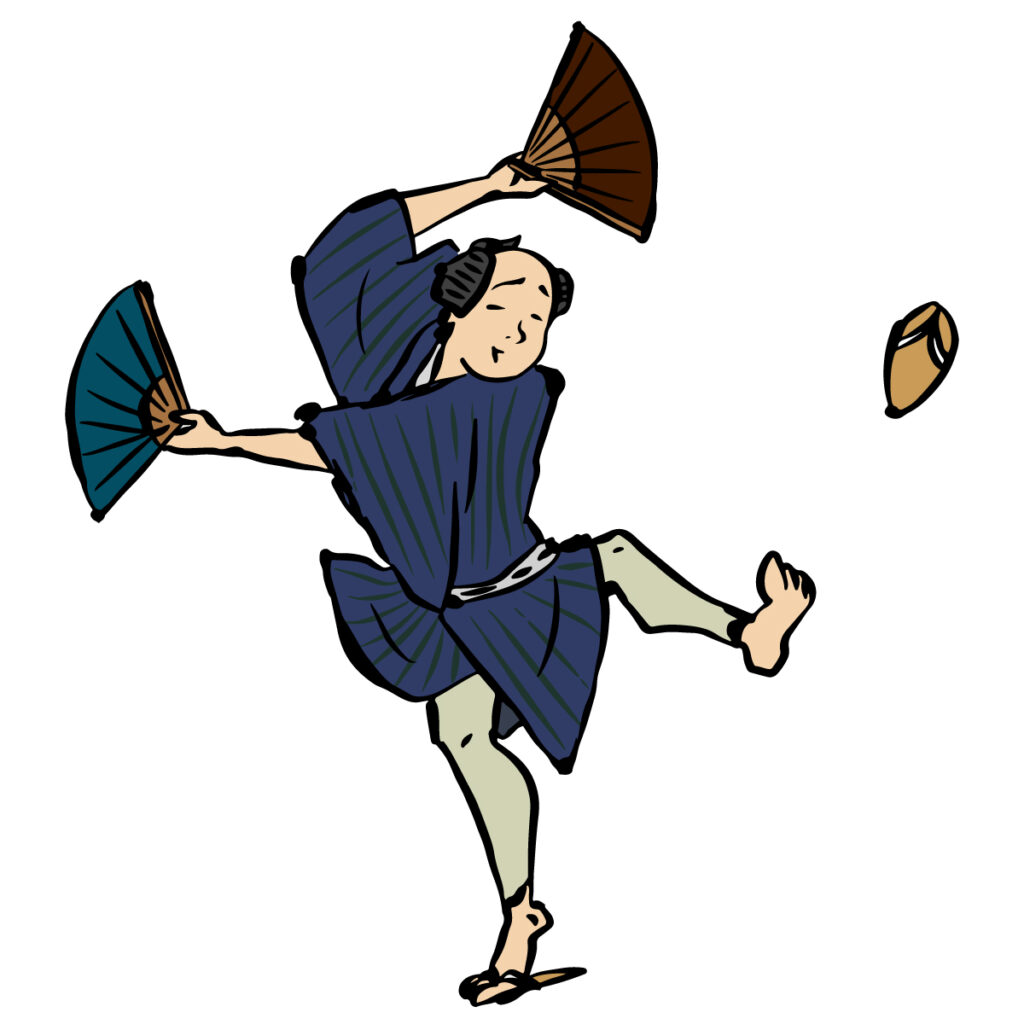
If you are interested in those, please try our other articles or the front page of this blog.
We have four categories: Japanese lifestyle, food, the Edo era (which inspired this topic), and religion.
Few! It is all today!
Thank you for reading this page. See you for the next Japanese uniqueness!
